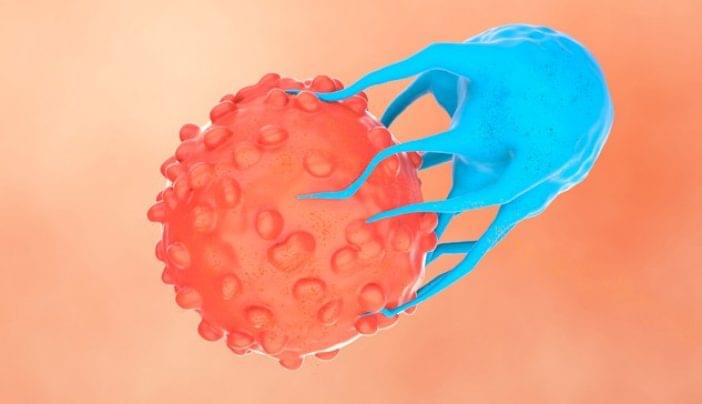New research shows how coating a battery with a razor-thin layer of lithium borate-carbonate can lead to a 500% boost in charging rates when temperatures fall below freezing.


What will it take to build a fully automated, autonomous, AI-powered civilization? A big question — true — but arguably a more interesting and inspiring one than talking about the latest chatbot. As I discovered on a recent visit to Seoul, South Korea is already the most automated country on the planet, with 1 out of 10 workers already a robot. Could this city be a preview of how we will live in the near future? Watch this video to learn some key lessons I discovered, that may be valuable as we start to imagine what our world might look like in 2035 and beyond.



In this remarkable conversation, Michael Levin (Tufts University) and Blaise Agüera y Arcas (Google) examine what happens when biology and computation collide at their foundations. Their recent papers—arriving simultaneously yet from distinct intellectual traditions—illuminate how simple rules generate complex behaviors that challenge our understanding of life, intelligence, and agency.
Michael’s \
This is an interview with Dr. Michael Levin, a pioneering developmental biologist at Tufts University.
This is an additional installment of our \.
Main episode with Michael Levin (June 2024): https://youtu.be/c8iFtaltX-s?list=PLZ7ikzmc6zlN6E8KrxcYCWQIHg2tfkqvR
Listen on Spotify: https://open.spotify.com/show/4gL14b92xAErofYQA7bU4e.
Become a YouTube Member Here:
https://www.youtube.com/channel/UCdWIQh9DGG6uhJk8eyIFl1w/join.
Join TOEmail at https://www.curtjaimungal.org.
Support TOE:
- Patreon: https://patreon.com/curtjaimungal (early access to ad-free audio episodes!)
- Crypto: https://tinyurl.com/cryptoTOE
- PayPal: https://tinyurl.com/paypalTOE
- TOE Merch: https://tinyurl.com/TOEmerch.


For decades, researchers have been exploring ways to harness the power of the immune system to treat cancer. One breakthrough is cell therapy, often called ‘living drugs.’ This is a form of immunotherapy that uses immune cells from a patient or a healthy donor. With advanced engineering techniques, scientists enhance these cells to recognize better and attack cancer.
“During the late 1980s and 1990s, cancer researchers started exploring ways to advance immunotherapy by transferring immune cells into a patient to attack cancer cells,” says stem cell transplant and cellular therapy specialist Hind Rafei, M.D. “They recognized that immune cells found inside tumors could help destroy cancer cells, leading to the development of one of the earliest forms of cell therapy — tumor-infiltrating lymphocytes (TILs).”
Cell therapy is a form of immunotherapy that uses immune cells from a patient or a healthy donor to treat cancer. Learn about the types of cell therapy from stem cell transplant and cellular therapy specialist Hind Rafei, M.D.